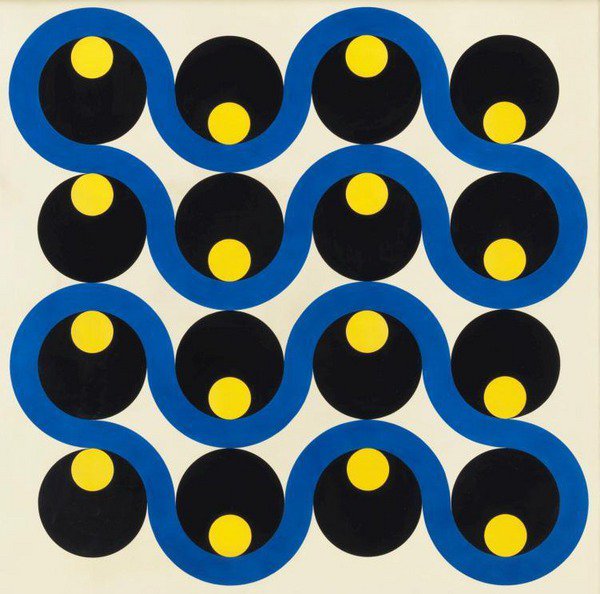Alexander Liberman
dal 23/9/2012 al 25/10/2012
Segnalato da
23/9/2012
Alexander Liberman
Mitchell-Innes & Nash Uptown, New York
After Image, Paintings and Sculpture from the 1950s. The exhibition focuses on his mid-century painting and pedestal sculpture, including several works that are being exhibited for the first time in decades.

Mitchell-Innes & Nash is pleased to present Alexander
Liberman: After Image, Paintings and Sculpture from
the 1950s, on view in the Uptown gallery September
24 – October 26. This exhibition will focus on
Liberman’s mid-century painting and pedestal
sculpture, including several works that are being
exhibited for the first time in decades.
The 1950s are considered to be Liberman’s most
significant period, as he continued to refine the
signature hard-edged, geometric style that he had
developed in the previous decade.
With their industrial enamel and stainless steel,
Liberman’s hard-edge circle paintings and sculptures
prefigured Minimalism in many ways, created as they
were without emphasis on expression or the artist’s
hand. The work looked ahead to a time when
machine-made art was routine.
Liberman was keenly interested in exploring negation of traditional composition and the subject, eschewing
any reference to images in his painting. His own term for this set of ideas was “after image,” a term referring to
both non-objective painting as well as the optical effects of looking at his paintings. Liberman sought to make
art that was clear, legible and direct.
Alexander Liberman (1912-1999) was born in Russia and lived in London and Paris before emigrating to New
York in 1941. While in Paris, Liberman worked at Vu magazine with photographers including Andre Kertesz
and Robert Capa. In New York, Liberman was the highly influential art director for Vogue, and later held the
position of editorial director for all of Condé Nast publications for several decades.
Liberman’s work is in the collection of many major U.S. museums, including the Museum of Modern Art; the
Whitney Museum of American Art and the Metropolitan Museum in New York and the Corcoran Gallery of Art
in Washington, D.C. His large-scale public sculptures are widely known with examples sited in cities around the
world and in sculpture gardens including Storm King Art Center in Mountainville, NY; the Hirshhorn Museum
and Sculpture Garden in Washington, DC; the Los Angeles County Museum of Art and the Laumeier Sculpture
Park in St. Louis. The Estate of Alexander Liberman is represented by Mitchell-Innes & Nash.
Image: Beat, 1952, Enamel on aluminum
Press contact:
Alina Kohlem tel 212 7447400 alina@miandn.com
Mitchell-Innes & Nash Uptown
1018 Madison Avenue, between 78th and 79th Streets.
Gallery Hours: Monday - Friday, 10am – 6pm



